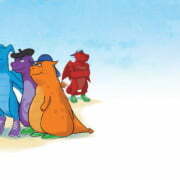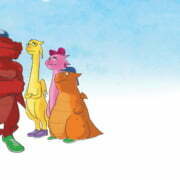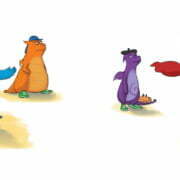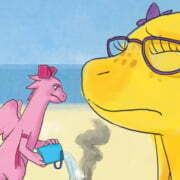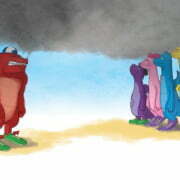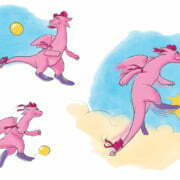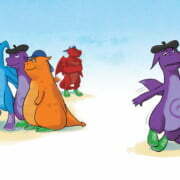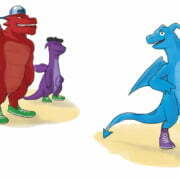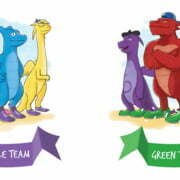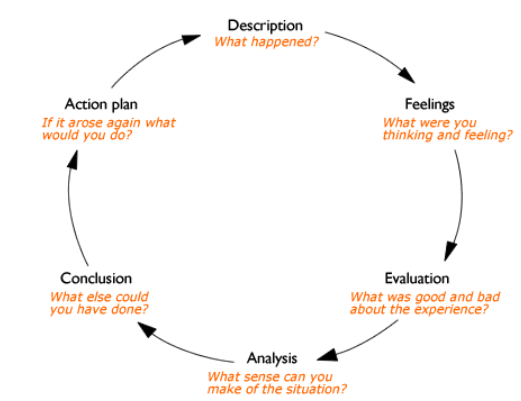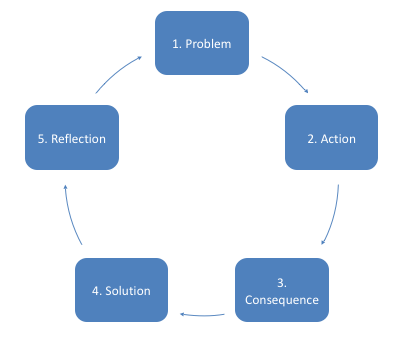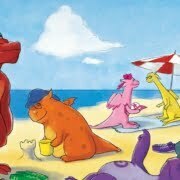Decision Making & Problem Solving in Game ON
Game ON is a children’s book created to encourage resilience in our young ones.
Learn about decision making and problem solving in Game ON below
Game ON was specifically designed to enhance children’s problem-solving skills and decision making through a modified version and set up of the Gibbs reflective cycle using storytelling. Game ON mimics the problem, solution, consequences and reflection technique, using the characters in a common scenario. In Game ON, the scene is set up so that friends have the intention to play together in a team. However, given the dominance and competitive nature of Alex, the team situation is quickly diminished. Alex demonstrates some low resilience behavioural strategies that result in a grand display of reactive emotions through anger, which results in Alex making a poor decision, having to play a team sport by himself. Alex gets a chance to reflect on the consequences of his decisions (by playing on his own) but, unfortunately, Alex’s emotions of frustration and anger get the better of him as he can see the same situation that caused the original outburst (Bella scoring a goal) is unfolding once again. Instead of using a cognitive, solution-focused approach to manage his anger, Alex uses his highly fuelled emotions and poor temperament to battle through the situation to no avail. The second display of anger presented by Alex throwing his second tantrum validated that Alex was unable to learn through the consequence of the first scenario. At this time, Dusty, his friend, offers a solution-focused approach for Alex to manage his anger and curb his initial reaction to any situation by taking some time out to review the situation and breathe. The descriptor ‘clearing your mind’ is an often-suggested approach to avoid making ‘foolish’ decisions. It is the expectation that clearing your mind will reduce the likely recent information or experience (even if irrelevant) and may bias thinking. Reflection and breathing has beneficial physiological and psychological effects in promoting relaxation and enhancing cognition, which promotes clarity for important decision making. At this point, Alex is able to calm himself down and use the skills of reflection to see how his current approach is having a negative impact on his mental, physical and emotional reactions, which also impacts upon his social environment.
Using reflection, Alex takes responsibility for his actions (leadership) and thinks through some different strategies that he could apply if he gets angry in the future. Alex learns that his decision making requires the assistance of his cognitive mind, the executive functions which may help him make better choices by assessing potential consequences through a clear perspective. Alex knows that his behaviour may not change overnight, so recruits his peers by asking them to help him if they see him turning bright red again.

